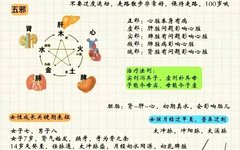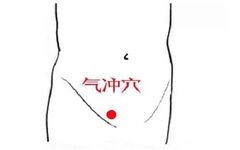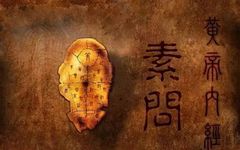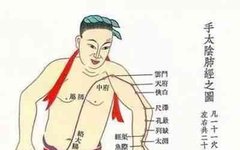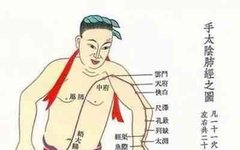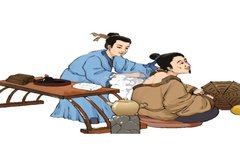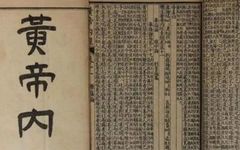The Development of Meridian Theory in the Huangdi Neijing
The meridians are channels that circulate qi and blood, connect the organs and the body surface, and regulate the functions of the human body. They are an essential component of Traditional Chinese Medicine (TCM). The Huangdi Neijing (Yellow Emperor’s Inner Canon, abbreviated as Neijing) preserves early understandings of meridian knowledge, allowing us to glimpse its … Read more


